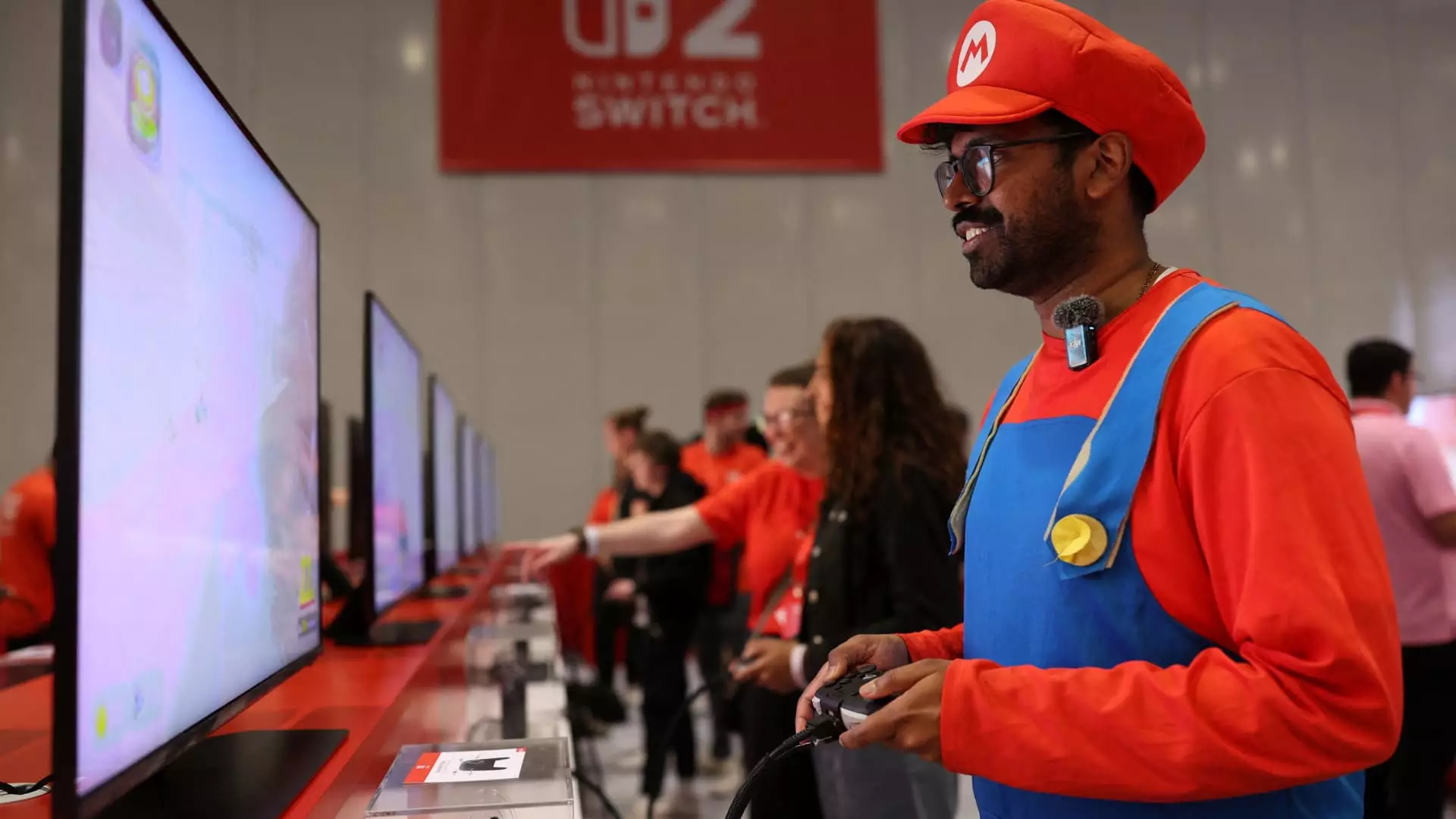Nintendo’s announcement regarding the preorder of the Nintendo Switch 2 has stirred a considerable buzz in the gaming community. Set to kick off on April 24, the new console is priced at $449.99—a steep cost that reflects not only technological advancements but also the pressure exerted by geopolitical tensions. In an unfortunate turn of events, the tariffs introduced by former President Donald Trump have significantly impacted pricing strategies for electronics manufacturers, including Nintendo. The company’s decision to postpone the preorder date initially set for April 9 was a strategic maneuver aimed at better understanding how these tariffs will affect production and pricing dynamics.
It’s commendable and necessary for Nintendo to be transparent about their challenges, but one cannot help but wonder why the consumer should bear the brunt of these tariffs. It speaks volumes about market pressures and raises questions regarding corporate responsibility: should the economic fallout from political decisions dictate the price of gaming?
Consumer Sentiment and Brand Loyalty
Nintendo’s communication strategy reveals an acute awareness of consumer sentiment, as highlighted by their statement expressing gratitude for customers’ patience. However, given the economic climate and the burden of escalating prices, one must question the degree to which this empathy translates into effective customer loyalty. While many fans are excitedly anticipating June 5, 2025, the launch date for the Switch 2, that excitement may be tempered by hesitancy about the financial implications of this purchase.
Moreover, Nintendo’s choice to bundle games like “Mario Kart World” with the console adds an interesting layer to the overall purchasing decision. Bundling can often mask the true cost of individual items, which might grant the company temporary respite from backlash against price hikes. However, savvy consumers will quickly realize that the pricing structure is still significantly higher than anticipated, further complicated by accessories now seeing their own “price adjustments.” Gamers who have invested emotionally in the brand could find themselves grappling with the disconnect between loyalty and affordability.
Market Dynamics and Future Prospects
As competitors like Sony and Microsoft continue to innovate and adjust their pricing models, Nintendo’s approach raises eyebrows across the gaming landscape. By announcing additional price increases on accessories, Nintendo appears to be banking on brand loyalty to mitigate consumer backlash—even as it risks alienating budget-conscious gamers. The market dynamics imply that Nintendo is prioritizing profits amidst rising costs rather than focusing solely on providing value to its consumer base.
The enduring free-market principle of supply and demand suggests that, while Nintendo may have loyal followers willing to pay the price, this strategy could backfire if consumers decide to look toward alternative gaming platforms that offer better value. The $10 increase in the dock set or even the $1 surge on a controller strap may seem trivial separately, but collectively, they signal a troubling trend that leans towards a more exploitative pricing strategy.
In an era marked by economic uncertainties and rapid technological shifts, Nintendo’s initiatives warrant close examination. Until the company can strike a satisfactory balance between cost, innovation, and consumer satisfaction, fans may continue to grapple with a love-hate relationship with a brand that, despite its illustrious history, seems poised to usher in a financially burdensome new chapter.

